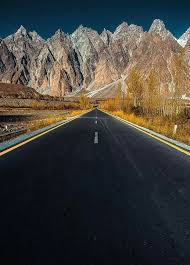Passu Cones
The Passu Cathedral is a natural work of art and one of the most recognisable scenes in Pakistan. Though staying overnight in Passu village is no longer allowed, the cones are visible from a ways away, starting from the village of Gulmit. The most iconic view of the Cathedral is from the Karakoram Highway, about an hour’s drive from Gilgit City.
How we can travel to Passu Cones?
Traveling to Passu Cones is an amazing experience that everyone should have. The best way to get there is by airplane. The airport is located in the city of Gilgit, which is about a 45-minute drive from the cone shaped mountains. There are many benefits of flying into Gilgit. First, it is the closest airport to the Passu Cones. Second, it is a very small airport, so there are never any long lines or crowds. Third, the scenery on the approach to the airport is breathtaking.Once you arrive in Gilgit, you will need to take a bus or a taxi to get to the Passu Cones. The ride takes about two hours and is very scenic. The roads are winding and go through some beautiful mountain passes. When you finally reach the Passu Cones, you will be amazed by their size and beauty. They are truly a sight to behold!
When we can visit the Passu Cones?
The best time to visit the Passu Cones is in the summer months, from July to September. During this time, the weather is warm and sunny, and the snow has melted from the mountain peaks, revealing the dramatic landscape of the glaciers. However, visitors should be aware that during peak season the trails can be quite crowded. For those seeking a more peaceful experience, autumn is a great time to explore the Passu Cones. The colours of the leaves are stunning against the backdrop of the glaciers, and there are far fewer people on the trails. Of course, winter is also a beautiful time to visit, but hikers should be prepared for cold weather and potentially dangerous conditions. Overall, any time of year can be a magical experience at the Passu Cones.

